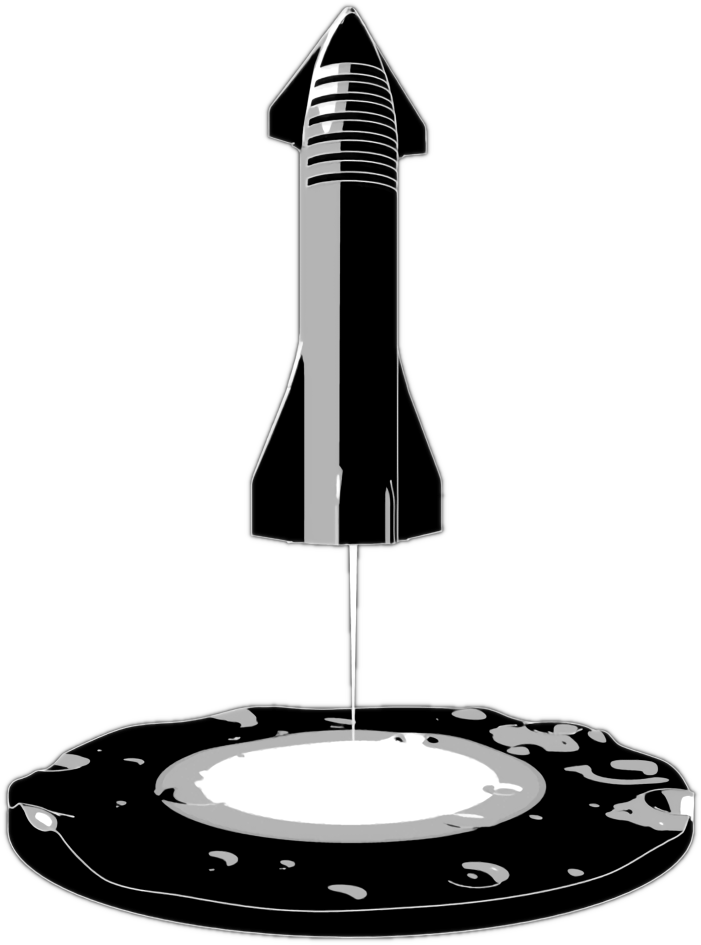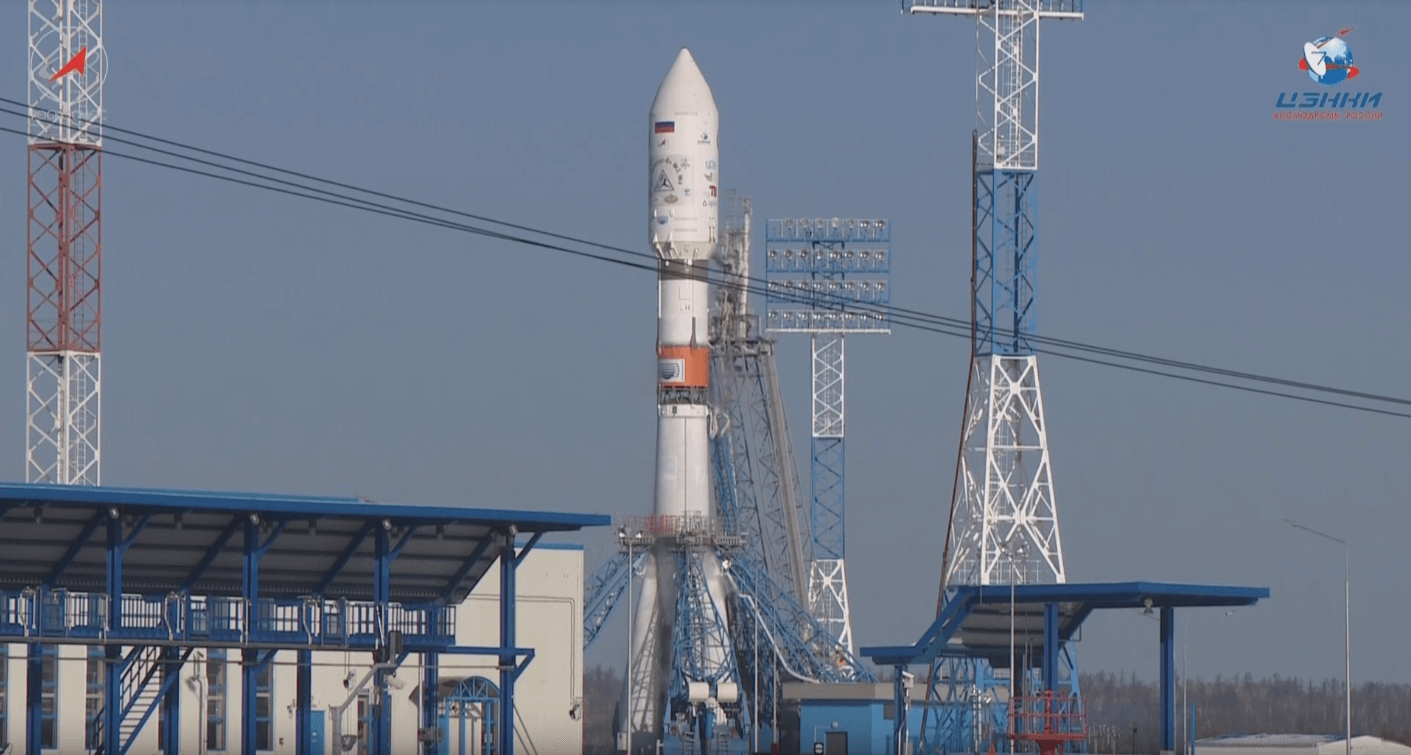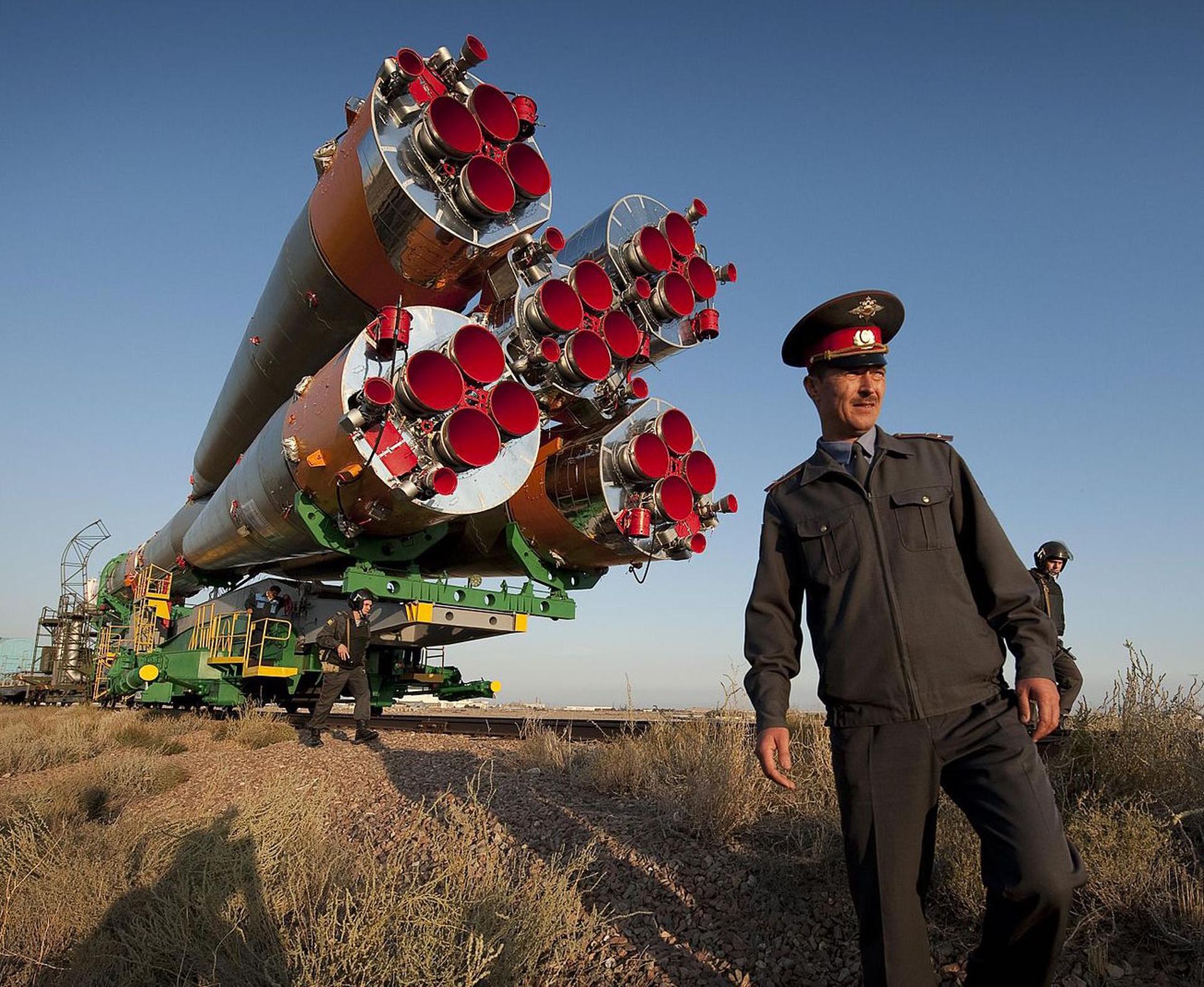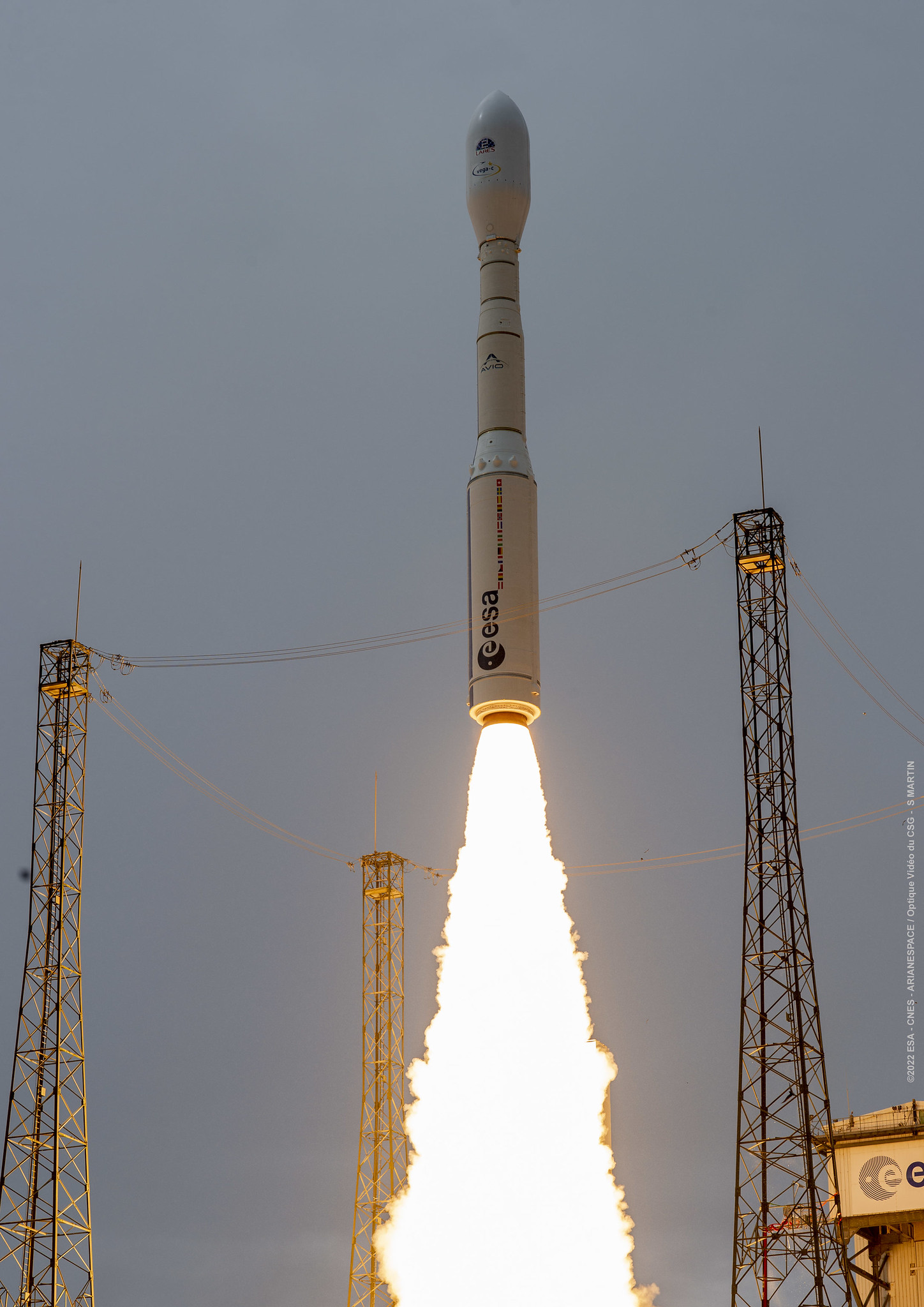· space brief · 6 min read
Space Brief 16 May 2025
Today's brief covers challenges in Space Force procurement, promising developments in tracking technologies, and significant budget cuts affecting military aerospace projects.

📄Top Stories
The U.S. Space Force faces uncertainties around the cost of the proposed Golden Dome project amidst warnings about traditional procurement risks. In another development, space-based sensors are being tested for ambitious new tracking capabilities. The Army reconsidering the future of several key aerial projects amid budget constraints highlights ongoing challenges in defense planning.
📰Detailed Coverage
Procurement Challenges for Space Force’s Golden Dome
The U.S. Space Force is currently unable to pin down the costs associated with the ambitious Golden Dome project, raising concerns about its viability. Chris Bogdan from Booz Allen highlighted potential pitfalls if the development proceeds via traditional procurement frameworks. Notably, there is a significant risk of failure due to the complex nature of the project and the lack of a clear financial strategy.
This project emphasizes the need for agile and forward-thinking procurement processes. Innovations in such high-stakes defense initiatives are crucial, yet often hindered by bureaucratic obstacles. Our web app’s tracking capabilities can provide extended insights into such crucial but opaque governmental projects.
Read the full story: Space News
Advanced Space-Based Sensors for Airborne Tracking
The Space Force is testing a new generation of space-based sensors designed to track airborne targets with enhanced precision. The testing comes as part of a broader strategy to explore “options from whatever domain or platform” that might offer superior operational capabilities compared to current terrestrial systems.
These sensors hold the potential to revolutionize tracking technologies used in both military and civilian applications. By placing such sensors in space, the military could vastly improve its ability to monitor wide areas and respond to aerial threats with unprecedented accuracy, drawing interest from all the stakeholders in our community.
Read the full story: Breaking Defense
Army Halves HADES Spy Plane Acquisition
The U.S. Army has announced plans to reduce its acquisition of HADES (High Accuracy Detection and Exploitation System) intelligence-gathering aircraft from 12 to just six units. This decision reflects shifting budget considerations and a cautious fiscal approach as the Army refines its priorities towards more immediate capabilities.
HADES platforms are renowned for their advanced surveillance technologies, which are integral to modern military operations. With fewer units, the Army is expected to focus on maximizing the operational efficiency of the available fleet to maintain robust surveillance capacities.
Read the full story: Breaking Defense
Army Vice Chief Fleets Budget for ITEP Engines
The future of the Improved Turbine Engine Program (ITEP) is now uncertain and largely dependent on the Army’s allocation in the federal FY26 budget. This funding directly impacts not just the replacement engines for the aging Black Hawk and Apache helicopters but also broader operational strategies.
As the military evaluates its needs amidst budget constraints, it emphasizes the careful balancing act required between upgrading existing equipment and investing in next-gen technology. This serves as a reminder of the strategic shifts that affect military readiness and technological superiority.
Read the full story: Breaking Defense
Training Innovations for Future Helicopter Pilots
The Army is charting a new course for training helicopter pilots with its innovative Flight School Next. This initiative aims to incorporate advanced simulation technologies and modular training systems that align with emerging airborne platforms like the TH-73 helicopters.
This strategy is part of a broader vision to modernize the military’s approach to training, aiming to reduce costs while increasing the effectiveness of its pilot training programs. Such innovations are essential to preparing the next generation of skilled military pilots equipped for diverse and dynamic operational environments.
Read the full story: Breaking Defense
🛰️Satellite Spotlight
- Satellite Name: COSMOS 2350
- NORAD ID: 25315
- Launch Date: April 29, 1998
- Mission: Early warning for missile detection through infrared observations.
- Orbit: Low Earth Orbit (LEO)
- Operator: PVO (Russian Air Defense)
- Fun Fact: COSMOS 2350 is part of the Oko satellite system, which was designed specifically for early warning detection of missile launches.
Track this satellite in real-time on our web app: Track COSMOS 2350
🌌Space Weather
Space weather conditions are currently quiet.
R0 - S0 - G0
Next 24 Hours: For satellite owner/operators and satellite communication users, the next 24 hours present a favorable environment with no risk of radio blackouts or solar radiation storms. However, there is a G1 (Minor) geomagnetic storm likely to impact operations on 18 May due to a Coronal Hole High-Speed Stream (CH HSS) onset. The chances of M-Class (R1-R2, Minor-Moderate) flares remain at 65%, with a 30% chance for X-Class (R3-Strong) flares, particularly due to the complex magnetic field in Region 4087. Ground-based radars and telescopes can expect normal operational conditions, but should remain alert for potential fluctuations in radar performance as storm conditions approach.
Beyond: For the forecast period from 12 May to 07 June 2025, solar activity is anticipated to be primarily low with varying chances for M-class flare activity, which may affect satellite communications intermittently. No proton events are projected at geosynchronous orbit. Electron flux is expected to reach moderate levels from 06-28 May and again on 06-07 Jun, with high levels from 29 May to 05 Jun due to increasing CH HSS influences. Geomagnetic activity may reach minor storm levels from 28 May to 01 Jun and experience active levels on 13 May, 02 Jun, and 06 Jun. Most operational periods will remain unsettled from 12, 14, and 18-21 May, as well as 02 and 05 Jun, while quiet levels are forecast from 15-17 and 22-26 May, ensuring primarily stable conditions for satellite operators during these times.
🚀Upcoming Space Launches
May 16
- SpaceX Falcon 9:
- Starlink Group 15-5
- Vandenberg Space Force Base, CA, USA
- 13:43 UTC A batch of 26 satellites for the Starlink mega-constellation - SpaceX’s project for space-based internet communication system.
May 17
-
LandSpace Zhuque-2E:
- Unknown Payload
- Jiuquan Satellite Launch Center, People’s Republic of China
- 04:04 UTC
-
Rocket Lab Electron:
- The Sea God Sees (iQPS Launch 2)
- Rocket Lab Launch Complex 1, Mahia Peninsula, New Zealand
- 08:15 UTC Synthetic aperture radar Earth observation satellite for Japanese Earth imaging company iQPS.
May 18
- Indian Space Research Organization PSLV-XL:
- EOS-09 (RISAT-1B)
- Satish Dhawan Space Centre, India
- 00:00 UTC RISAT-1B is the third in the series of radar imaging RISAT-1 satellites, providing all-weather, day-and-night SAR observation capability for various applications including military surveillance.
May 19
- Galactic Energy Ceres-1S:
- Unknown Payload
- Sea Launch
- 07:29 UTC
May 20
-
SpaceX Falcon 9:
- Starlink Group 12-15
- Cape Canaveral Space Force Station, FL, USA
- 03:40 UTC A batch of satellites for the Starlink mega-constellation - SpaceX’s project for space-based internet communication system.
-
China Aerospace Science and Technology Corporation Long March 7A:
- Unknown Payload
- Wenchang Space Launch Site, People’s Republic of China
- 11:42 UTC
-
SpaceX Falcon 9:
- Starlink Group 11-16
- Vandenberg Space Force Base, CA, USA
- 21:42 UTC A batch of satellites for the Starlink mega-constellation - SpaceX’s project for space-based internet communication system.
May 21
- CAS Space Kinetica 1:
- Unknown Payload
- Jiuquan Satellite Launch Center, People’s Republic of China
- 03:54 UTC
May 22
- SpaceX Starship:
- Flight 9
- SpaceX Starbase, TX, USA
- 23:30 UTC 9th test flight of the two-stage Starship launch vehicle.
Note: Launch dates and times are subject to change due to technical or weather considerations.

Maurice Stellarski





